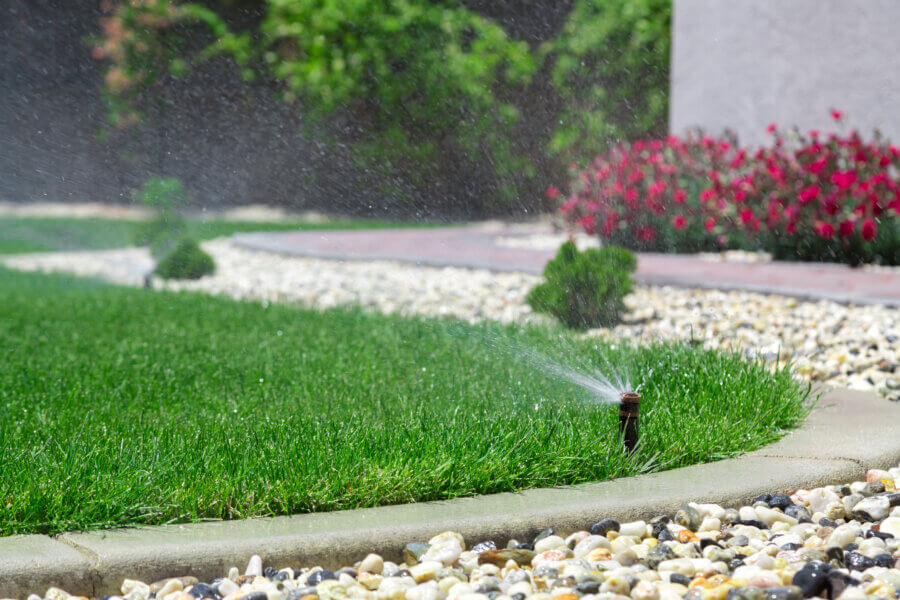
Watering Lawn Wisely: Adjusting Your Irrigation for October’s Weather
Irrigation helps your lawn thrive in the warm Florida summer, but excessive winter watering can harm grass. Adjusting your irrigation schedule in October can help you transition between summer and winter irrigation needs.
Several factors can influence your lawn irrigation schedule. These factors include:
- Weather/rainfall
- Dormancy
- New sod installation or sod replacement
- Type of grass
When planning your irrigation this autumn, consider these factors for a healthy, green lawn next year.
What You Need to Know about Florida’s Weather
Florida has two seasons – wet and dry. The state sees between 40 and 60 inches of rain each year, according to the University of Florida, depending on the specific location. Most of the precipitation falls between June and October. This means October is a transition month between the wet and dry seasons.
The rainfall in Florida is also spatially variable, which means it can rain on one side of the street but not on the other. This is especially true when thunderstorms drive the state’s weather patterns during the rainy season. If you experience spatially variable rainfall in your location, you’ll need a flexible irrigation plan to compensate for uneven rainfall.
Between the changing seasons and sporadic rain, the weather in October can be challenging to predict, making it difficult to adjust your irrigation schedule.
Dormancy and Irrigation
As the days get shorter and the temperature falls, Florida grasses enter dormancy to protect themselves from the cold and drought of winter. Dormancy is a slow process that occurs from fall to the depths of winter. Dormant grasses appear brown and may look dead, but the roots are still alive and storing nutrients and water for the next growing season.
Your irrigation schedule should reflect the needs of the grass as it transitions from its growing phase in summer to dormancy in winter. Dormant grass usually needs less water, and excess water can harm it by damaging the fragile root system, encouraging shallow root growth, and stressing the plant.
Sod Installation or Sod Replacement
The grasses used in new sod installations or sod replacements in Florida are sturdy enough to survive the rigors of nature, from the balmy summers to the cooler winters. While sod installations and sod replacements done in late summer and fall do as well as sod planted earlier in the season, they may benefit from a little more water.
Different Irrigation Schedules for Different Types of Grass
Several types of grass grow well in Florida, and each type has different irrigation needs in the fall.
- Augustine
St. Augustine is the most common type of grass in Florida lawns. When you buy sod, St. Augustine will likely be your first choice.
St. Augustine grass goes dormant when the average soil temperature dips below 68°. Water once or twice a week during autumn before the grass goes dormant.
- Zoysia
Most grasses go dormant only during cold weather, but Empire Turf Zoysia can adapt to drought conditions when the lawn doesn’t get enough water. This allows this grass to avoid long-term damage from drought.
If your lawn receives less than an inch of rain per week or if the soil is bone dry, give your zoysia grass supplemental water.
- Bahia
Bahia is a low-maintenance grass that can survive with very little water. It often stays green longer than other heat-loving grasses, but it goes dormant in the coldest winter months of December through February.
You can water your Bahia sod sparingly to maintain its lovely green color during fall. Regular irrigation is especially wise if you have over-seeded it with fast-growing rye.
Consult with Sod Experts You Can Trust
Maintaining your lawn through October in Florida can be confusing. For more information on the wisest ways to adjust your irrigation for October’s weather in Florida, consult with Duda Sod.